How intellectual property moves in signatures and poses
31 July 2023

Amitabh Bachchan, a well-known Indian actor, recently received an interim injunction from the Delhi High Court that forbade anyone from violating his publicity and personality rights. The court issued an ex-parte ad-interim decree prohibiting third parties from using his name, voice, face and other personal characteristics in any way without his permission. It was believed that his reputation would suffer an irreversible loss as a result. His lawyer, Harish Salve, a senior advocate at the Indian bar, argued in a 900-page brief that Bachchan’s name, image and voice are being used by websites, instant messaging apps and T-shirt manufacturers, among others.

Ronaldo’s gesture – siuuuu – is a signature pose the football great uses to celebrate a goal. Photo: Juventus
Meanwhile, there is Michael Jackson’s moonwalk, Cristiano Ronaldo’s goal celebration gesture known as siuuu, and the Korean finger heart, popularized by actress Kim Hye-soo, which is now a representation of South Korean culture as a whole and used by international celebrities and musical groups.
These signature poses and movements have sparked significant conversations worldwide, particularly in the field of intellectual property.
In Australia, a signature pose may be registered as a trademark on the condition that it will be used, or is intended to be used, as a sign to distinguish goods or services dealt with or provided during trade between a celebrity and another person. In practice, signature pose trademarks are registered as a device mark for a stylized silhouette or image of a person striking a pose.
In Thailand, trademark registration for signature poses is acceptable if applied as a 2D or 3D device mark, but such a trademark cannot accurately capture the “motions.” Unlike copyright applications, submitting a video file with a trademark application is not yet possible in Thailand. This is because Thai trademark law has not yet been extended to cover the protection of motion and multimedia marks.
Despite being creative, such signature movements cannot reach the minimum standards of copyright law protection in Thailand. Thus, it can be said that Thailand now provides trademark protection for those “signature poses” as device marks but does not extend to “signature movements.”
Meanwhile, in India, signature poses and movements can be trademarked under device or motion marks for branding purposes if the same has acquired distinctiveness and is only associated with a particular celebrity. Celebrity rights are generally protected through personality and publicity rights.
The Indian judiciary has recognized and previously delivered orders related to the personality and publicity rights enforcement of celebrities in India. The courts in India have time and again held those rights, which may subsist in an individual’s name, personality trait, signature and voice, among others, and can be acquired by his association with an event, sport or movie.
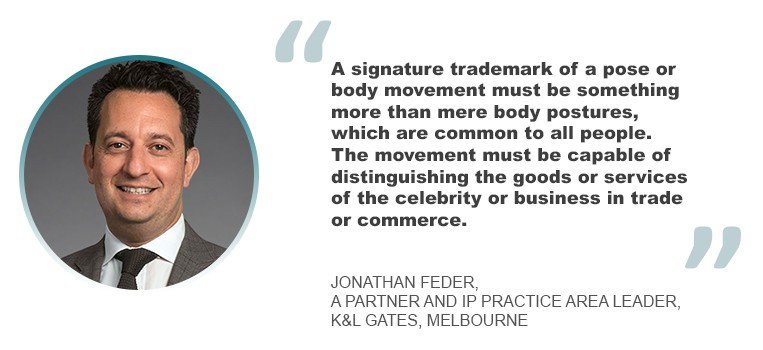
Marking celebrity poses and signatures
“A signature trademark of a pose or body movement can be protected as a trademark if it has acquired a level of distinctiveness that enables people to associate that pose or movement with a particular public figure or business,” explained Jonathan Feder, a partner and practice area leader of intellectual property at K&L Gates in Melbourne. “A signature trademark of a pose or body movement must be something more than mere body postures, which are common to all people. The movement must be capable of distinguishing the goods or services of the celebrity or business in trade or commerce.”
He also noted that with celebrities spending significant time and effort in acquiring reputation and distinctiveness in their poses, registration of such poses as trademarks prevents third parties from using the same or a similar trademark. This is to protect them from parties “seeking to bolster their businesses through the unauthorized use of the celebrity’s personality and signature pose in relation to their goods or services.”
Feder added: “An action trademark infringement also has a much less burdensome evidentiary requirement than other causes of action, such as misleading and deceptive conduct under the Australian Consumer Law or passing off.”
In Thailand, no current laws nor any regulations provide a formal description of the term “signature trademark.” However, if considering the principles of trademark law, any photograph, drawing, invented device, logo, name, word, phrase, letter, numeral, signature, combination of colours, figurative element, sound or combination thereof – which is used or proposed to be used on or in connection with goods or services to distinguish the goods or services of the trademark owner from goods or services of others – can be registered as a trademark, according to Tatchaporn Natprasertkul, a partner at WE Intellectual Property in Bangkok.
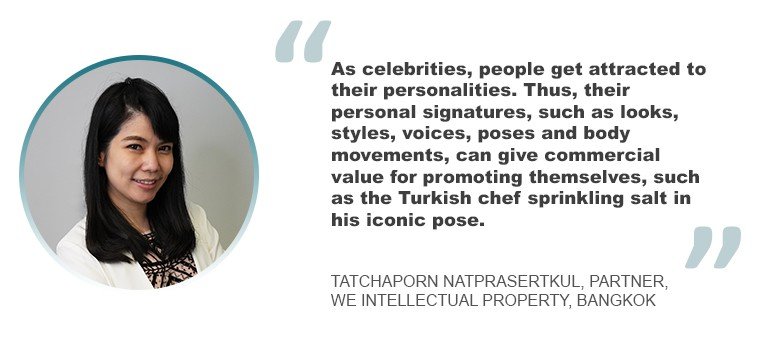
In this regard, a signature trademark could be any personal signature, including but not limited to famous poses or unique body movements, of a person, which is a symbol used in connection with goods or services to indicate that these are the goods or services of the owner of the trademark.
“As celebrities, they are considered public figures, and people get attracted to their personalities. Thus, their personal signatures, such as looks, styles, voices, poses and body movements, can give commercial value for promoting themselves, such as a famous pose of the Turkish chef sprinkling salt in his iconic pose, and branding proposes such as Nike’s famous Jumping-man trademark of Michael Jordan’s slam dunk,” added Natprasertkul.
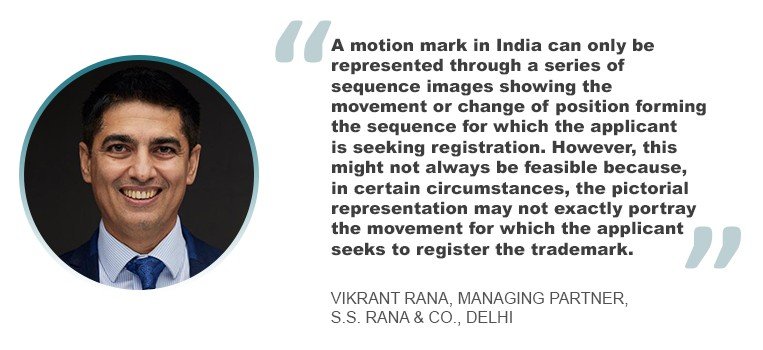
Challenges in signature poses and movements
There are also challenges in registering body movements as trademarks. Vikrant Rana, a managing partner at S.S. Rana & Co. in Delhi, said that a body movement would be registered as a motion mark in India, with the following as the two categorical challenges that a motion mark faces in India.
“First is the issue of representing the motion mark graphically,” he said. “A motion mark in India can only be represented through a series of sequence images showing the movement or change of position forming the sequence for which the applicant is seeking registration. However, this might not always be feasible because, in certain circumstances, the pictorial representation may not exactly portray the movement for which the applicant seeks to register the trademark. Many trademarks might even be rejected on this ground.”
To overcome this constraint, he said India may start adopting the laws of other jurisdictions, such as the European Union or United States, where they have removed the requirement of graphical representation and started accepting even video files of the marks. This would enable the examiner and other third parties to understand exactly the motion of the trademark for which registration is sought and raise objections or oppositions.
“Second is the difficulty during the determination of similarity between the marks,” he said. “In certain cases, it may not be possible to establish the precise movement from the description provided along with the representation, and therefore, determining the distinctiveness of the mark would become difficult. Also, in the case of raising objections or proving the infringement, it might be difficult to establish the similarity between the motions.”
He added: “In this context, it would be relevant to mention that during the UKIPO-INTA Brand Protection Strategies Conference 2023, held in New Delhi on February 24, 2023, Shri Karan Thapar, deputy secretary of the Department for Promotion of Industry and Internal Trade (DPIIT), mentioned that India is actively looking into the further development of the present system of registrations for non-conventional trademarks.”
“Third is the acquired distinctiveness in connection with the celebrity,” he said. “Another issue is that, like other marks, signature poses and movements need to have distinctiveness, which must be dealt with by way of submitting substantial evidence of use and resultant association and connection with the celebrity.”

This is echoed by Theresa Mak, principal and trademarks head at Rouse in Hong Kong, who says that a trademark must be capable of identifying the goods or services as originating from a particular undertaking, thus distinguishing it from other undertakings. The mark must also be distinctive.
According to Mak, using celebrities’ images that show signature poses or movements is common in advertising or promotional campaigns. Consumers are generally not accustomed to perceiving the poses or movements as a “badge of origin” and are rather more likely to perceive them as a “commercial or remembered for entertainment values.” Similarly, when a celebrity’s image is applied to products, the image would more likely function as an indication that the products are about the celebrity rather than an indication of the trade source.
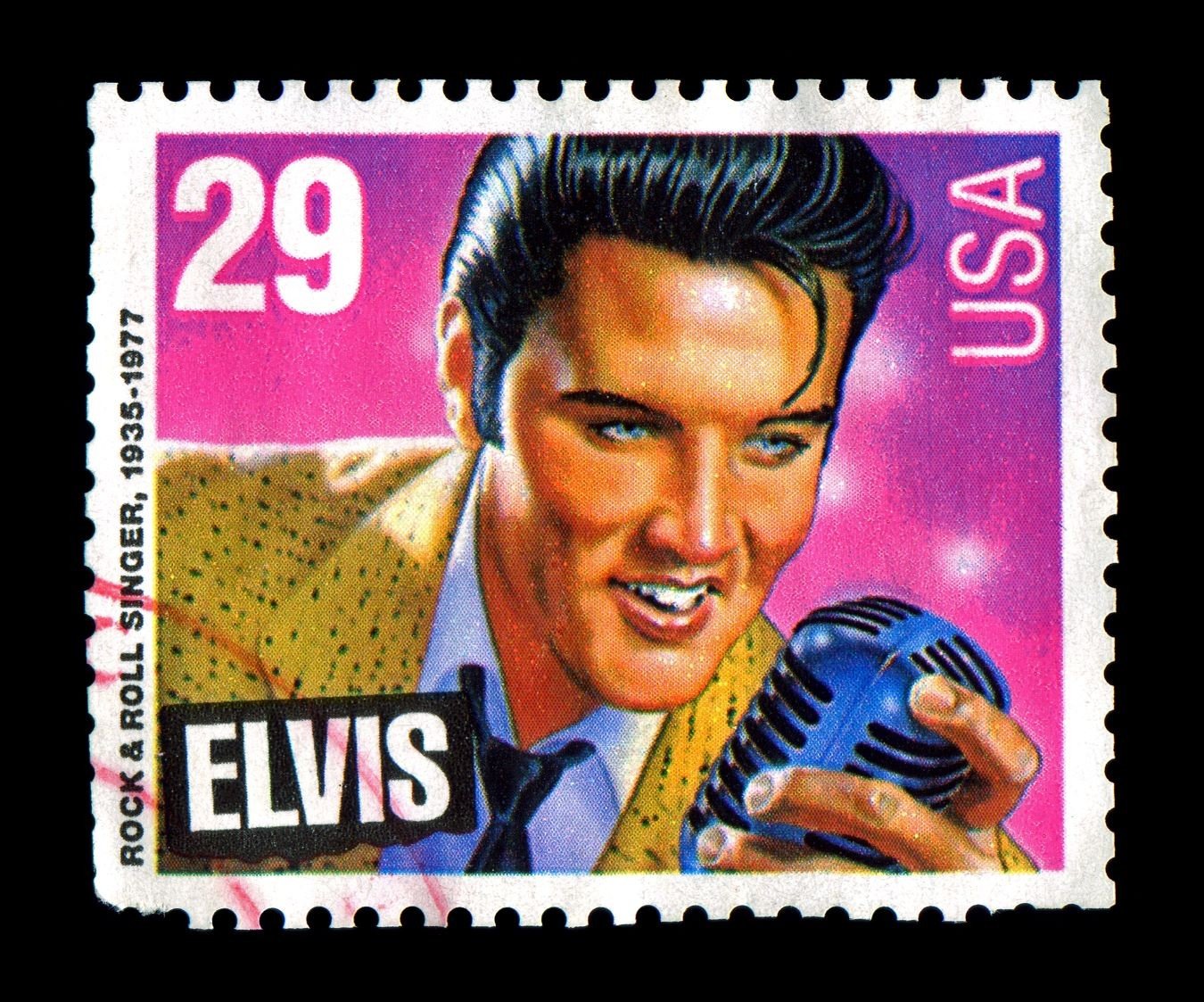
In 1999, both ‘Elvis’ and ‘Elvis Presley’ were refused registration as members of public purchased Elvis Presley merchandise not because it came from a particular source but because it carried the name or image of Elvis Presley. Photo: iStockPhoto.com/HodagMedia
“For example, fan clubs often make or sell products with images of famous celebrities which are used as signs of support for the celebrity,” she said. “In Elvis Presley trademarks in 1999, both ‘Elvis’ and ‘Elvis Presley’ were refused registration as members of public purchased Elvis Presley merchandise not because it came from a particular source but because it carried the name or image of Elvis Presley.”
She added that the public also commonly sees celebrities’ poses or movements as natural parts of the body. Unless the poses or movements are so unique to be associated with a particular celebrity, it is unlikely that the celebrity would succeed in enjoying the monopoly for using that poses or movements.
“For example, although the finger heart gesture is said to be popularized by the Korean actress Kim Hye-soo in 2010, given the common use of the finger heart gesture by other celebrities as well as the public, it is highly doubtful that the finger heart gesture can be registered as a trademark,” said Mak.
Trademarking signature poses in digital times
Trademarking signature poses and movements is even more important in today’s digital times. The world has been moving from the physical to the online world and the parallel virtual world, thereby rendering the protection of one’s IP more vulnerable and crucial as the scope for misuse has increased manifold, with restrictions on vigilance and absence of clear guidelines for enforcement.
“This is more relevant for celebrities, as infringers have a lot to gain from trading upon their goodwill and reputation,” said Rana. “Just the knowledge of a celebrity using a product is an endorsement, and a celebrity openly promoting a product provides great leverage to the marketing of the product. Thus, misuse of their signature poses or movement, for example, by an avatar on the metaverse would not be unheard of and statutory rights will always make the enforcement simpler and tackle the attack on their commercial value and worth.”
He further said: “Misuse and unauthorized use of personality rights have gained momentum in the last few years, and even the courts in India have been proactive in protecting the same. In the cases of Amitabh Bachchan v. Rajat Nagi & Others and Shivaji Rao Gaikwad v. Varsha Productions, the courts have protected the personality rights, particularly the personality traits of celebrities.”
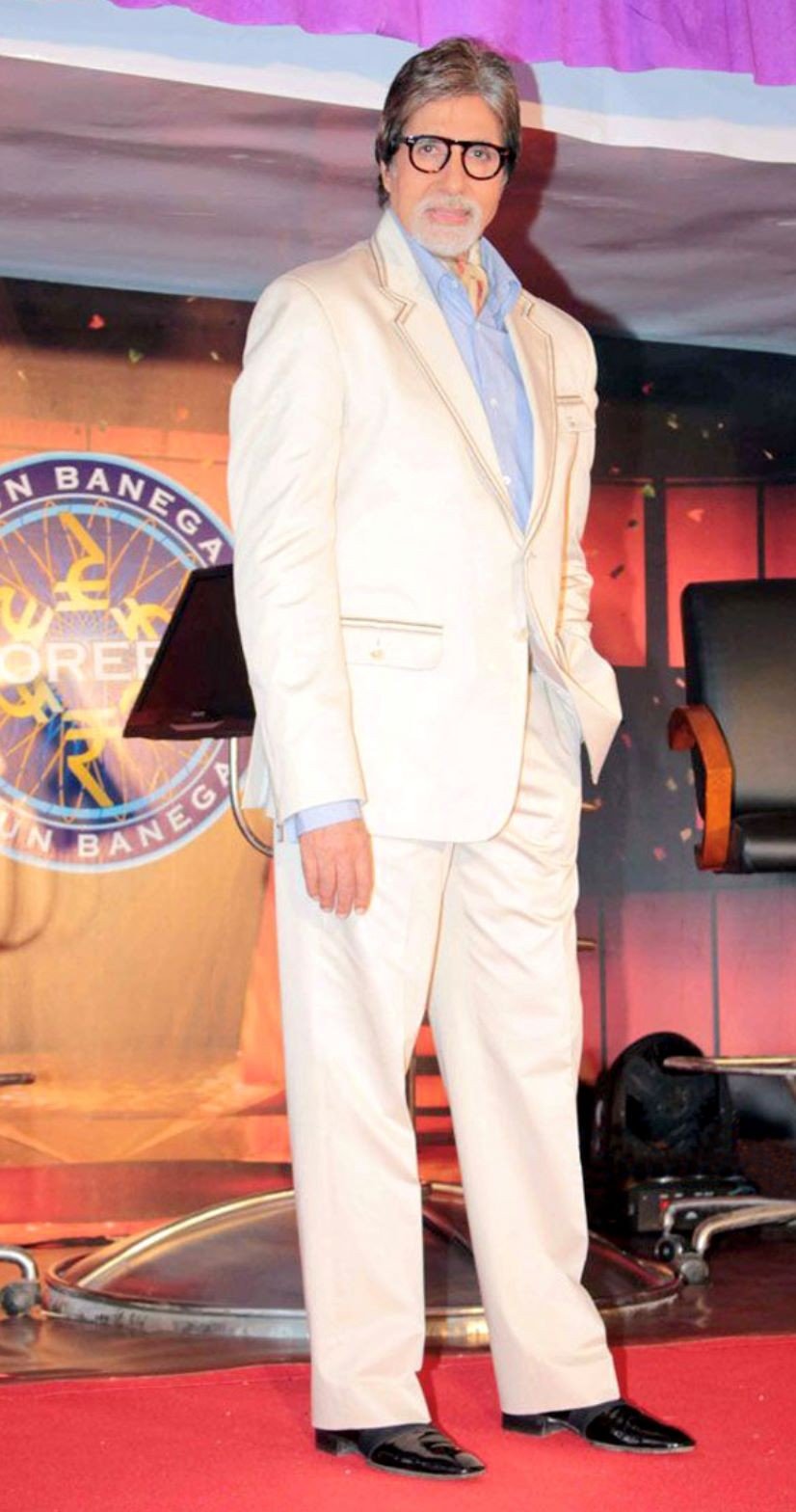
Amitabh Bachchan, seen here at a 2011 KBC5 press conference, recently received a ruling from the Delhi High Court prohibiting third parties from using his name, voice, face and other personal characteristics. Photo: Bollywood Hungama
Shivaji Rao Gaikwad is also known as Mr. Rajinikanth.
“Like the case of Amitabh Bachchan, in Rajinikanth’s case, the court had restrained the respondents from using his name, image, caricature and style of delivering dialogues in their forthcoming project or film,” Rana said.
Mak added that the modern digital environment allows celebrities to enjoy unprecedented worldwide exposure overnight, particularly with the use of social media, such as TikTok, Instagram and YouTube.
“The metaverse also provides an additional platform for celebrities to spread his or her influence in a virtual setting,” she said. “This gives rise to the need for celebrities to protect their signature poses and body movements that can be used in merchandising and licensing both in the real world and the metaverse. The potential commercial value behind such businesses can be significant.”
She added: “Having trademark registration and their signature poses or movements protected could mean that the celebrity can enjoy the rights perpetually so long as the mark is used in commerce and the registration is maintained through renewal. A registered mark will also allow the celebrity to enforce his or her rights easily against infringers without having to overcome the legal hurdles of the passing-off claim, namely, to show misrepresentation, goodwill and damages.”
- Excel V. Dyquiangco






